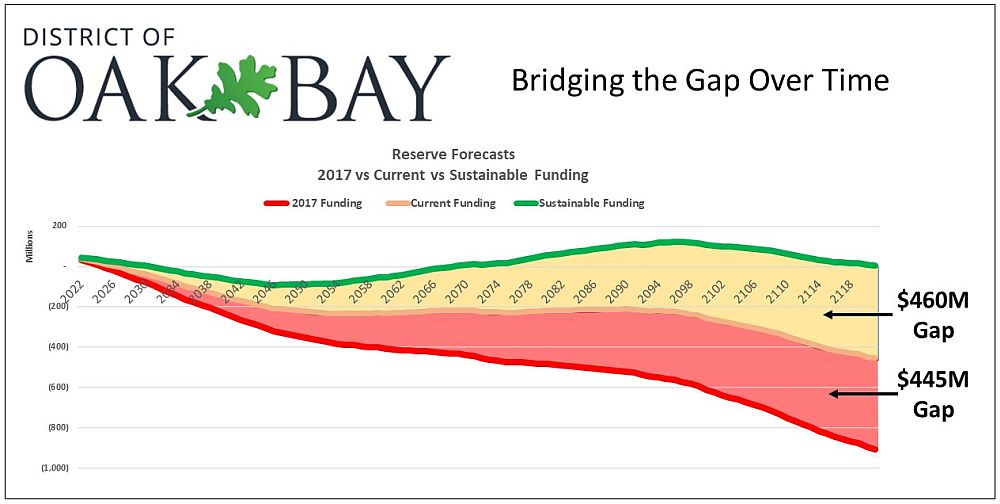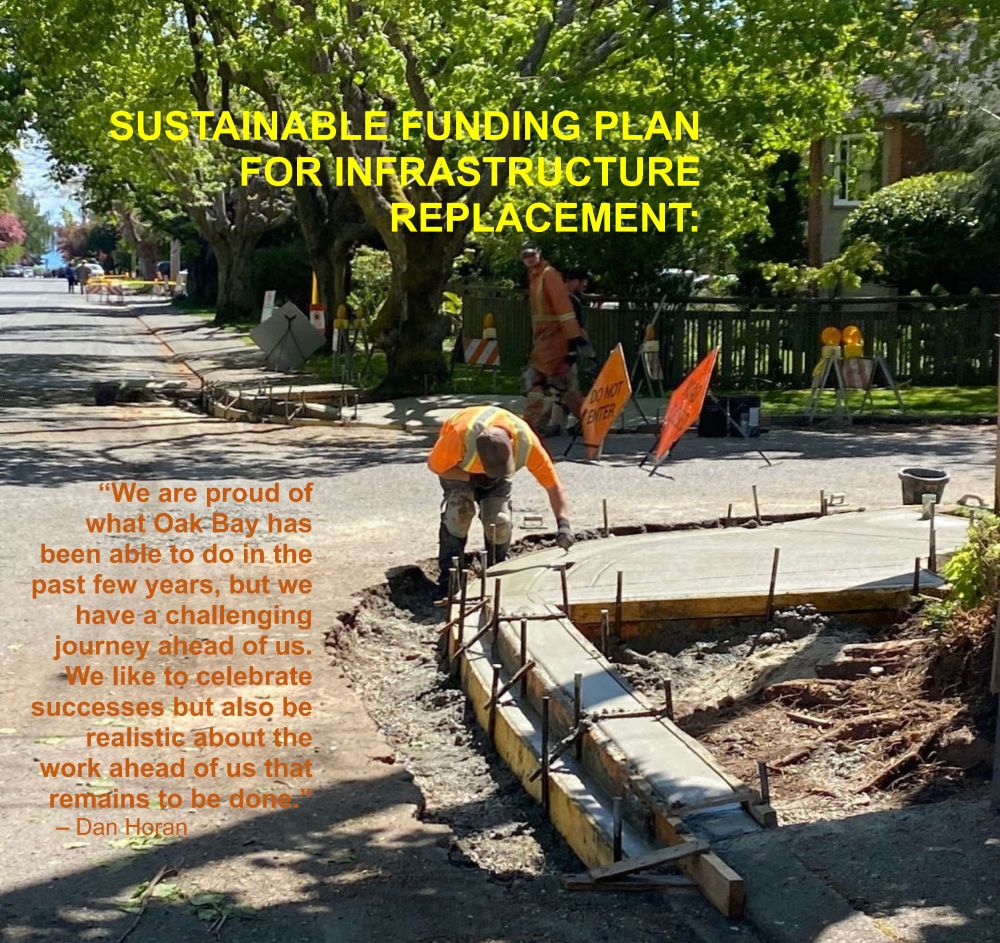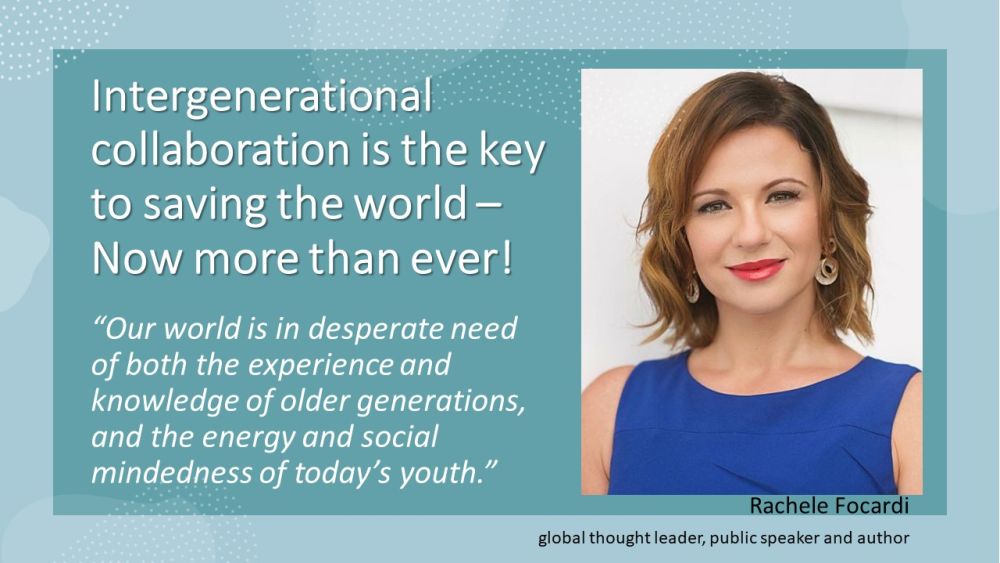PROFILE IN COURAGE: “There is a special type of courage that Council needs to have to say, ‘give us the naked truth’. There is not a lot of political up-side to shining a light on infrastructure challenges. Oak Bay Council did that, no holds barred,” stated Christopher Paine, Director of Financial Services, when he explained the vision of Council in setting the direction for Oak Bay’s Sustainable Infrastructure Replacement Plan
NOTE TO READER:
“SHARE INFORMATION. INFORM DECISIONS.” This soundbite lines up nicely with the mission of Waterbucket eNews which is to help our readers make sense of a complicated world. Waterbucket eNews celebrates the leadership of individuals and organizations who are guided by the vision for Living Water Smart in British Columbia to build greener communities and adapt to a changing climate; and embrace “design with nature” approaches to reconnect people, land, fish, and water in altered landscapes.
The edition published on January 18, 2022 featured “the story behind the story” of the District of Oak Bay’s Sustainable Funding Plan for Infrastructure Replacement. Oak Bay has translated an intergenerational perspective into a life-cycle plan of action for perpetual infrastructure renewal.


DOWNLOAD A COPY: https://waterbucket.ca/gi/wp-content/uploads/sites/4/2021/12/Oak-Bay_sustainable-funding-plan_2021.pdf
30-SECOND TAKEAWAY
The District of Oak Bay is leading by example with its inter-departmental approach to embedding a life-cycle lens, along with a sustainable service delivery culture, into a local government finance vision. Moreover, the Oak Bay experience is a powerful illustration of how the over-arching vision for Living Water Smart in British Columbia is influencing behaviour and outcomes at the local scale.
Incorporated in 1906, Oak Bay has aging municipal infrastructure that is visibly wearing out. This reality has serious implications for levels of service. It also poses affordability as well as community willingness to pay challenges for financing a long-term program of replacement and/or renewal.
Through its Sustainable Funding Plan, Oak Bay is demonstrating what a difference it makes when municipal staff have clear direction from Council to achieve two outcomes: 1) stem the incremental erosion of levels of service in the short-term; and 2) translate an intergenerational perspective into a life-cycle plan of action for perpetual infrastructure renewal.
In this edition of Waterbucket eNews, we feature the “story behind the Oak Bay story” as shared by Christopher Paine, Director of Financial Services, and Daniel Horan, Director of Engineering and Public Works. They bring a fresh approach, energy, and innovative thinking to the sustainable infrastructure mission. The story of their collaboration is inspirational. Their enthusiasm is contagious!

EDITOR’S PERSPECTIVE
“The Partnership for Water Sustainability believes that the Oak Bay infrastructure story is an important one for us to showcase and celebrate through our Living Water Smart in British Columbia Series. In a sentence, the Oak Bay story is a profile in courage,” stated Kim Stephens, Waterbucket eNews Editor and Executive Director.
“After reading and reflecting upon the consequential insights that Christopher Paine and Daniel Horan share in this story, our hope is that Councils and staffs with other local governments would recognize the opportunity to reach out and learn from the Oak Bay experience. The Oak Bay story is powerful for two interconnected reasons.”
Local Government Finance Vision
“First, it demonstrates what a local government can achieve when it chooses to be proactive. The Local Government Act is ‘enabling’ legislation such that: a) the provincial government provides local governments with policy and legal tools; and b) it is up to local governments whether they choose to use those tools.”
“The District of Oak Bay has chosen to tackle its infrastructure funding gap (liability), take an intergenerational perspective, and develop a local government finance vision. This demonstrates what the financial situation would be if the municipality increased funding, used debt, and caught up on replacing assets.”
“Secondly, the Oak Bay story illustrates how an idea seeded as a policy objective in Living Water Smart is playing out in practice as Asset Management for Sustainable Service Delivery in Oak Bay. Living Water Smart has 45 actions and targets, one of which states that: “Governments will develop new protocols for capital planning that will look at the life-cycle costs and benefits of buildings, goods and services.” This is the backdrop for the ‘story behind the Oak Bay story’.”
Policy Outcome: Create a Sustainable Service Delivery Culture
“The Living Water Smart policy objective is the genesis for Asset Management BC — co-chaired by the Ministry of Municipal Affairs and UBCM (Union of BC Municipalities) — which rolled out Asset Management for Sustainable Service Delivery: A BC Framework in 2015. Eligibility for senior government infrastructure grants is the incentive for local governments to embrace the BC Framework and thus fulfil the Living Water Smart policy objective. The BC Framework establishes expectations; it does not prescribe solutions. The Partnership is a champion supporter of the BC Framework.”
“Through a Memorandum of Understanding with Asset Management BC, the Partnership brings a whole-system perspective to the unfunded liability issue that is associated with drainage and creek systems. As UBCM’s Glen Brown stated at the Partnership’s 2015 Annual Water Sustainability Workshop, “The ultimate vision for Sustainability Service Delivery is that communities would manage natural assets in the same way that they manage their engineered assets”.”
“The 2015 workshop was the forum where Glen Brown introduced the Asset Management Continuum to illustrate steps in the Sustainable Service Delivery journey. Oak Bay is early in Step Two for core constructed infrastructure. As one of three municipal partners responsible for developing and implementing the Bowker Creek Blueprint and 100-Year Action Plan, Oak Bay is also involved in the Partnership’s program for mainstreaming EAP, the Ecological Accounting Process,” concluded Kim Stephens.


Embed a Life-Cycle Lens, along with a Sustainable Service Delivery Culture, into a Local Government Finance Vision: Reflections by Daniel Horan and Christopher Paine of the District of Oak Bay
A significant portion of Oak Bay’s water, sanitary sewer, storm, and road assets are past their recommended useful life. Many other assets are well through their recommended useful life and are due for replacement imminently. Replacing these assets will come at a significant cost.
Replacing these assets is considered critical if the District is aiming to sustain the current levels of service. Current funding levels are not sufficient to replace assets at the recommended pace. Council has expressed a desire to address this issue. Not addressing it will result in an increase in water main breaks, water quality challenges, sewer backups, and storm water issues with impacts to private property.

A Story of Interdepartmental Collaboration
The “story behind the Oak Bay story” is compelling. Christopher Paine and Daniel Horan are forthright in sharing their experiences. Through a conversational interview process, they provide a window into consequential insights that have influenced their collaboration.
Inter-departmental collaboration has produced a Council-supported plan of action for perpetual renewal of infrastructure. Oak Bay’s driver for action is the $905 million infrastructure liability. To do what is right and necessary, Oak Bay has embraced a life-cycle way of thinking about asset longevity and is transitioning to “asset management for sustainable service delivery”
Oak Bay’s Sustainable Funding Plan for infrastructure renewal shows how the municipality could “bridge the funding gap” by 2076. Achieving the vision for Sustainable Service Delivery requires an intergenerational commitment.
Next, we present three extracts from Living Water Smart in British Columbia: Asset Management for Sustainable Service Delivery in the District of Oak Bay. We shine the spotlight on the role of an informed Council that looks beyond the short-term to “do what is right” over the long-term and directs local government staff to get on with the job.

What Makes the Oak Bay Story Unique?
DAN HORAN: Tackling municipal infrastructure challenges requires teamwork, multiple skillsets, and a sustained effort over time to implement necessary changes. It is fun working with Chris Paine. Our collaboration is a great example of a finance department and an infrastructure department working together.
We have real issues to tackle. But we also have the right tools in place. And we are making progress! Even if it is little baby steps at a time. It is very rewarding when you are progressing. The energy is there because problem-solving is exciting.
CHRIS PAINE: Two things about Oak Bay are quite unique. First, I know of no other situation where an engineering department and a finance department are so much in lockstep on a unified vision for asset management. That was really spurred by Council’s culture. That is the second thing. They knew there was an issue with an aging infrastructure because the visible signs were there. They trusted staff and they started investing heavily in infrastructure funding.
Council’s Courage: They have embraced an intergenerational Finance Vision
DAN HORAN: A couple of key policy decisions that were completely outside of Oak Bay’s control contributed to this culture. The first related to a change in reporting requirements by the Public Sector Accounting Board. The second was the rollout of Asset Management for Sustainable Service Delivery: A BC Framework in 2015.
It was game-changing when the provincial government said that local governments will need asset management plans in place to apply for grants. Oak Bay Council and staff saw the writing on the wall. They could already see evidence of the level-of-service challenge around older infrastructure. So, they took the first steps to ensure Oak Bay would qualify for infrastructure grant programs.
Those steps, combined with savvy Councillors and senior staff knowing what Oak Bay needed to do, influenced Council’s strategic priorities process as well as updating of the Official Community Plan (OCP). Through these processes, Council communicated the message that we want to do these things because we want the community to be sustainable. Residents bought in.

CHRIS PAINE: Anybody who is going to hear or read about the Oak Bay story, the thing that they really must understand is the role of Council. There is a special type of courage that Council needs to have to say, “give us the naked truth”. There is not a lot of political up-side to shining a light on infrastructure challenges. Oak Bay Council did that, no holds barred. They wanted to know what the situation was. And so that clearly demonstrates a strong commitment to an asset management culture in Oak Bay which is growing day by day.
The Oak Bay asset management story is directly related to Council’s strategic direction to staff to “go do this”. Staff responded. There is multiple reporting from a governance perspective. Council would say that’s great, now do the next step. That has resulted in rate increases, transfers to reserves, etc. that fall out of the community’s desire to see us make progress in this area and eventually start ramping up.
DAN HORAN: We have already started ramping up how much maintenance work we are doing, how much capital rehabilitation, and so on. The growth is going to continue. We are lucky that the community is asking for this. Now we are responding. It is a great situation. In some cases, we are being asked, “Can you do this faster?”
In a lot of communities, it is a struggle because staff has a difficult time getting Council attention. In Oak Bay, we are fortunate to have folks who care about infrastructure and renewal. We can talk about it frankly. Things aren’t perfect but we are able to make progress…which is key.
Watch the YouTube video of a presentation by Christopher Paine to the Asset Management BC community-of-practice about the Oak Bay innovation in developing a plan for Sustainable Infrastructure Replacement:
Context for Oak Bay’s Sustainable Funding Plan for Infrastructure Replacement
CHRIS PAINE: Council started making decisions in 2017-2018. They put funds aside in infrastructure reserves to deal with the asset management challenge. The changes that we have already made in the last 3 years, in terms of funding for infrastructure, have had a huge impact on the long-term infrastructure liability in terms of funding availability.
Council has made significant progress in closing the forecasted 100-year funding gap. The funding efforts since 2018 have reduced the forecasted the gap by $445M. The Sustainable Funding Plan, completed in September 2021, shows how Oak Bay can close the estimated remaining $460M funding gap.
DAN HORAN: What this means, viewed over the long-term, is that a 10-yr program for infrastructure renewal can have a huge impact on the levels of service related to infrastructure in a community. All of us won’t necessarily be around long enough to see the changes, but if we take the long-term view of what we can achieve, we can be upfront that it doesn’t all have to happen in the first few months. It can be incremental, it can be cumulative, it can build on successes.
CHRIS PAINE: Unlike “young” communities, one of the most important lessons that Oak Bay can demonstrate is the visible signs of infrastructure wearing out is very clear. That leads to policy choices. In reality, the impact that you are seeing has been accumulating for the life cycle of those assets.
If we do not provide that information to Council and the community – as to how far we are through the life cycles of assets; what is the cost of replacement; whether we are saving, or not, for that future expense – then how can policy makers provide direction and vision?
Imagine how much more empowered Councils would have been to set an asset management vision years ago if they had been provided with this information? For this reason, I really urge “younger” communities, who are not feeling the stress yet, to plan in advance. When they do, they will be able to leverage that asset management vision for the long-term community benefit.

DAN HORAN: Chris and I would like to see past and current Oak Bay Councils get much needed recognition for their vision and commitment to a sustainable infrastructure funding plan. Because infrastructure asset management is not flashy, we all struggle to communicate how interesting, exciting, and important it is to embed a life-cycle lens together with a sustainable service delivery culture.
It is amazing what can get done when people are pointing in the right direction strategically. Sustainable service delivery is not the thing that gets most people fired up. But it sure gets Chris and me fired up. There are so many people with municipalities like us working in them. They too are excited about this stuff. The more attention those folks get about the good work that they are doing, the better.
To Learn More:
Dan Horan and Chris Paine are pushing the boundaries of contemporary thinking to implement an intergenerational action plan for perpetual infrastructure renewal. To download and read the complete story of their collaboration, click either on the image below or on this link to Living Water Smart in British Columbia: Asset Management for Sustainable Service Delivery in the District of Oak Bay.
DOWNLOAD A PDF COPY: https://waterbucket.ca/wcp/wp-content/uploads/sites/6/2021/12/PWSBC_Living-Water-Smart_Oak-Bay-sustainable-funding-plan_2022.pdf
About the Partnership for Water Sustainability in BC
Technical knowledge alone is not enough to resolve water challenges facing BC. Making things happen in the real world requires an appreciation and understanding of human behaviour, combined with a knowledge of how decisions are made. It takes a career to figure this out.
The Partnership has a primary goal, to build bridges of understanding and pass the baton from the past to the present and future. To achieve the goal, the Partnership is growing a network in the local government setting. This network embraces collaborative leadership and inter-generational collaboration.

TO LEARN MORE, VISIT: https://waterbucket.ca/about-us/
DOWNLOAD: https://waterbucket.ca/atp/wp-content/uploads/sites/9/2021/11/PWSBC_Annual-Report-2021_version-for-waterbucket.ca_.pdf




